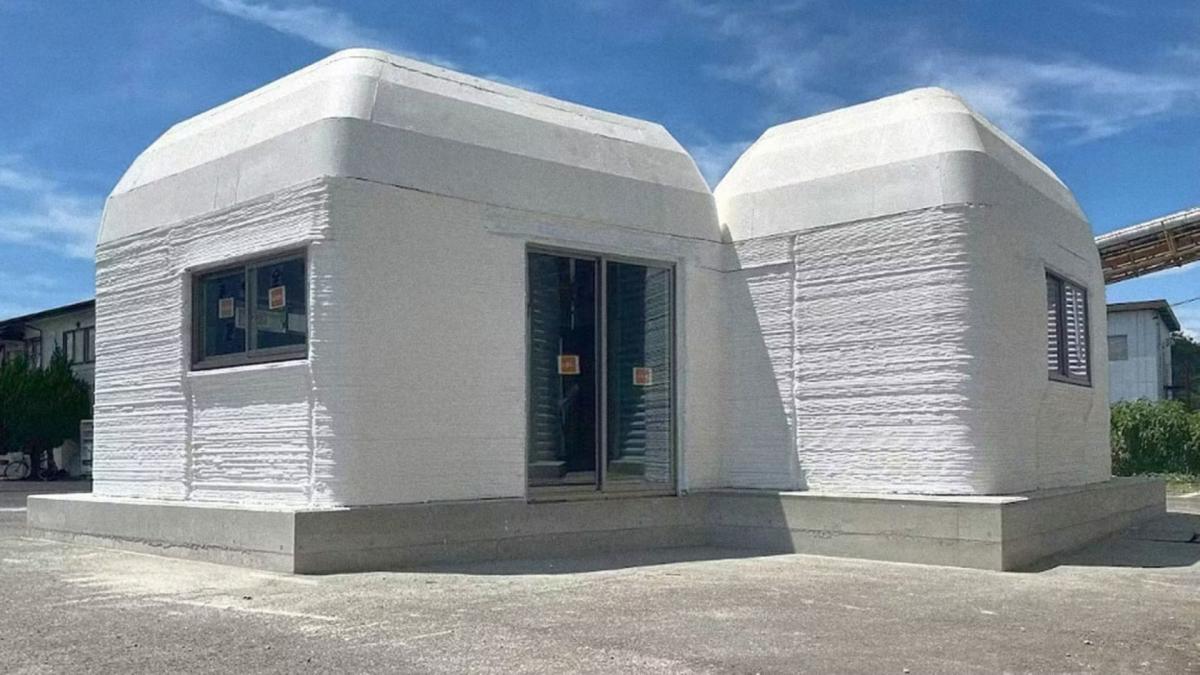New technology from Japanese startup Serendix may eventually turn the dream of home ownership from the seemingly impossible into the possible for many Americans — and help us give our planet an assist in the process.
Serendix, which hopes to make housing more affordable, recently combined 3D printing and CNC machining to build a house for the cost of roughly $37,600, according to Adele Peters of Fast Company.
Compare that with the median cost of a house in the United States: approximately $431,000, according to The Ascent, a review platform of The Motley Fool.
“The house of the future costs as much as a car,” Serendix CEO Kunihiro Handa told Peters.
Handa added that the company’s goal is to fully automate the housing industry — much like Japan did with the auto industry more than 40 years ago.
3D printing has been around since the 1980s, when Dr. Hideo Kodama created a machine that hardened material with UV light, according to The American Society of Mechanical Engineers. As the technology — and the laws surrounding its use — has evolved, so have the opportunities for its application.
Today, an array of 3D-printing materials is available. According to Fast Company, in order to keep costs down, Serendix utilized concrete to print the walls of its 538-square-foot “barnacle” unit, giving an individual or a couple a bit of extra stretching room than a typical 100- to 400-square foot tiny house.
The home design is constructed around steel columns and includes one bedroom, one bathroom, a living room, and a kitchen. An incredible time-lapse video shows how they come together.
An added bonus? Small homes are eco-friendly because they need less energy to run, so your bank account and the Earth will be thankful. While an average-sized home in the U.S. is responsible for approximately 28,000 pounds of harmful carbon pollution per year, tiny homes emit around 2,000, according to the American Institute of Architects.
Serendix told Peters that its 3D-printed house only took 44 hours and 30 minutes to build. The efficiency of the construction time means that negative environmental impact is reduced. Globally, the construction industry is responsible for 39% of polluting heat-trapping gases.
Photo Credit: Serendix
Serendix has five printers, according to Peters, each of which can construct 50 houses per year, and the company intends to add more in 2024 in order to reach a goal of 850 per year.
There’s no word yet on when the company’s technology could be available in the U.S.
Join our free newsletter for weekly updates on the coolest innovations improving our lives and saving our planet.
